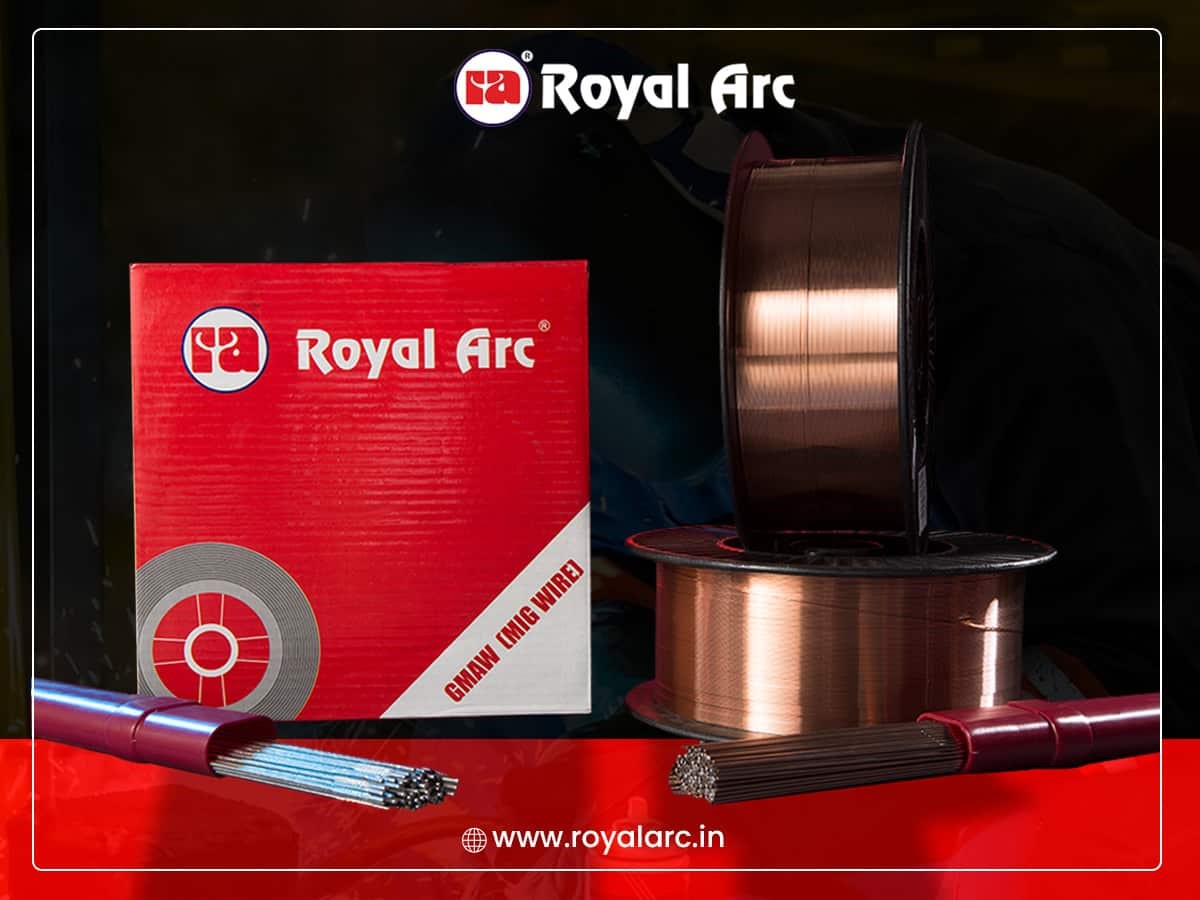
A comprehensive guide to MIG and TIG welding wires
High-quality welds require the correct welding wire, making welding a significant skill in many disciplines. MIG TIG wires are two of the most commonly used welding wires. In this blog, we will provide a comprehensive guide to MIG and TIG welding wires.
MIG Welding Wire
MIG wire for welding is a type of welding wire used in MIG welding, which is a process that involves the use of a spool of wire that feeds through a welding gun. Moreover, MIG wire for welding is typically made of steel and comes in a variety of diameters and spool sizes. The diameter of the wire determines the thickness of the welded metal. Additionally, MIG wire for welding is available in two types: solid and flux-cored. You may weld mild steel, stainless steel, and aluminium with solid MIG welding wire. The wind resistance of flux-cored MIG wire makes it a great choice for outside welding of thicker metals.
TIG Welding Wire
TIG wire, which uses a tungsten electrode to heat the workpiece and a different filler metal to make the weld, requires a specific type of welding wire called TIG wire for welding. TIG wire for welding is typically made of tungsten or a tungsten alloy and comes in a variety of diameters. Additionally, there are three distinct varieties of TIG wire: pure tungsten, thoriated tungsten, and synthesised tungsten. Pure tungsten is suitable for welding aluminium and magnesium. While thoriated tungsten is ideal for welding stainless steel and carbon steel. Created tungsten is suitable for welding aluminium, magnesium, and titanium.
MIG/TIG Welding Wire
MIG/TIG wire is an adaptable welding wire used for both MIG and TIG welding. It is commonly found in a range of sizes and fabricated from steel. MIG/TIG welding wire is ideal for welding thin metals and is suitable for welding aluminium, stainless steel, and carbon steel. Additionally, understanding the differences between wire welding methods is crucial before deciding. MIG welding wire employs a high-frequency current to join metals. Also, TIG welding wires produce superior welds. When used appropriately, MIG TIG wires are efficient.
Conclusion
The selection of the appropriate welding wire plays a crucial role in achieving high-quality welds. Among the commonly used welding wires are MIG TIG wires for welding. When using flux-cored welding wire or metal-arc (MAG) welding wire, respectively. The versatility of MIG/TIG wires lies in their suitability for use in both the MIG and TIG welding procedures. Furthermore, it is also crucial to consider the welding procedure and the metal's type and thickness when selecting a welding wire. To acquire top-quality welding wires for your welding needs, approach a reliable manufacturer.
